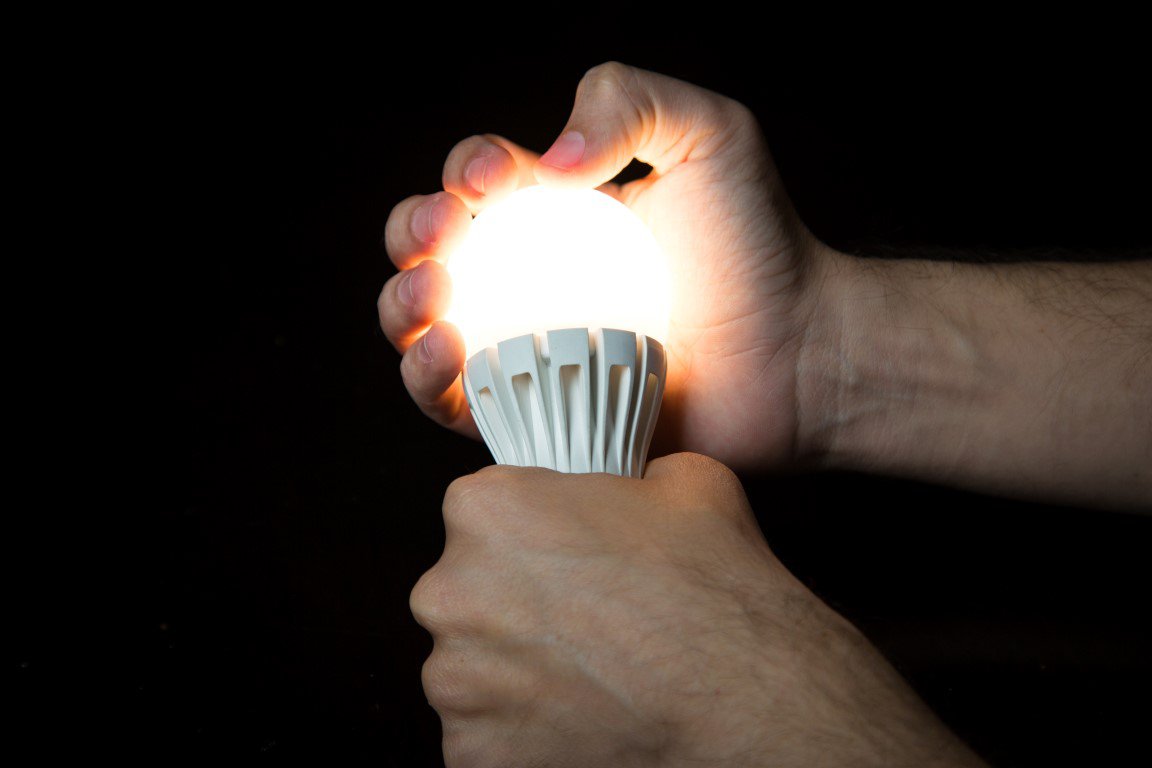Rollback of Efficiency Standards for Light Bulbs Creates Challenges in Setting Efficiency Targets for 2021 Power Plan
- February 26, 2020
- Annika Roberts

The past two years have seen upheaval around federal efficiency standards for several appliances, including dishwashers and clothes washers, but especially for lightbulbs. At the February Council meeting, staff presented the latest changes to lighting standards and important considerations for the 2021 Power Plan.
In 2007, Congress passed the Energy Independence and Security Act (EISA), which included a requirement that prohibits the sale of certain light bulbs that do not meet a minimum efficiency standard of 45 lumens per watt beginning January 2020. This is known as the EISA backstop requirement.
In December 2019, the DOE issued a final determination concluding that stricter standards would not be economically justified for incandescent light bulbs. With this final determination, the agency effectively rescinded the application of the backstop requirement for incandescent bulbs, allowing these less efficient products to remain on the market.
These changes create uncertainty in the region and complicate the development of the Council’s regional power plan, which includes cost-effective energy efficiency targets. Cost-effective energy efficiency is the priority resource of the plan as required by law.
The determination, along with other recent federal rollbacks, means that 300-420 average megawatts of savings will no longer be captured by standards. These savings will still be cost-effective, but the burden to acquire them will shift back to utility programs, resulting in higher costs for consumers and a less equitable distribution of benefits. There are also discrepancies now between state and federal standards, since Washington and California adopted a 45 lumens/watt standard for certain light bulbs.
For their work developing the new power plan, staff proposed applying the latest changes in standards for all light bulbs sold in Oregon, Idaho, and Montana and applying Washington’s 45 lumen/watt standard for bulbs sold in that state. A coalition of states and environmental groups are already challenging the light bulb rule in court, so future changes are possible.
Council members expressed support of this approach, and of including language in the plan noting that backsliding on cost-effective efficiency standards and building energy codes is generally poor policy and inconsistent with the spirit of the Northwest Power Act and federal laws on efficiency standards.
Read More:
Federal Register: Energy Conservation Standards for General Service Incandescent Lamps
DOE Finalizes Rejection of Obama Light Bulb Efficiency Standards But Excludes LEDs From Analysis
U.S. Rolls Back Standards on Energy Saving Light Bulbs



